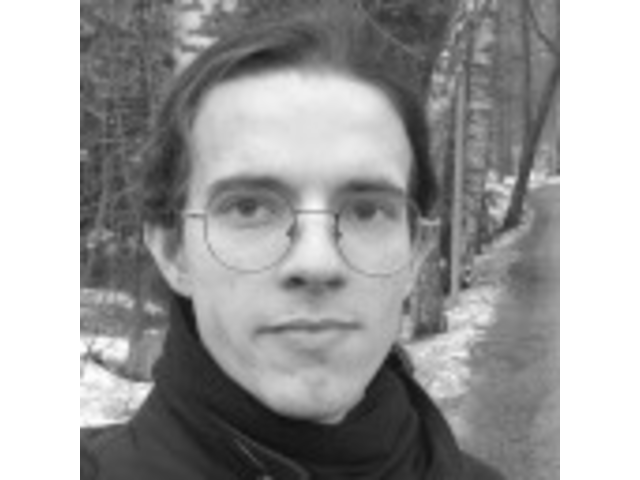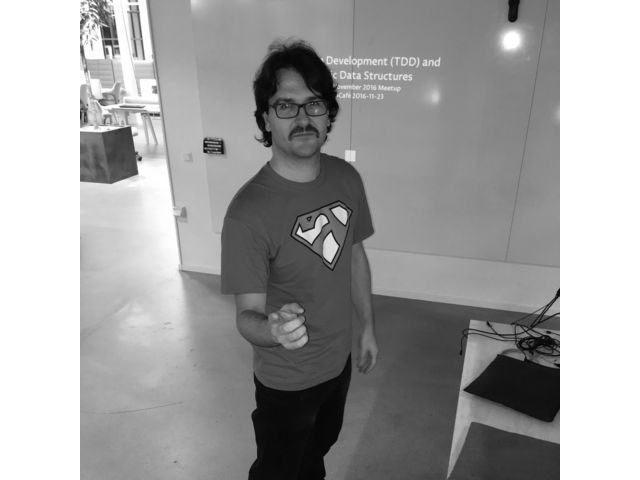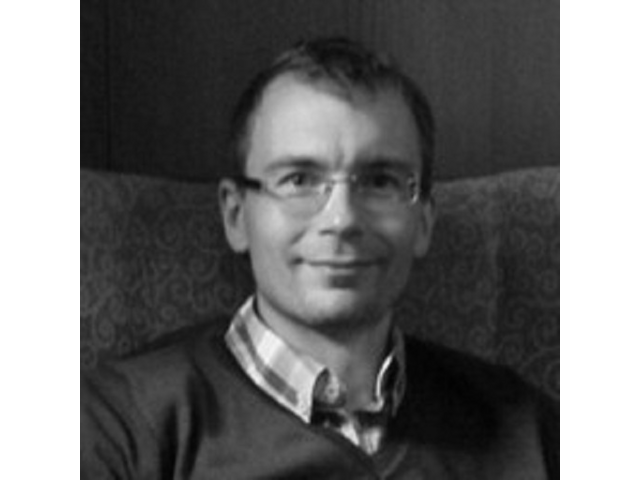The foss-north pod about Licenses and Copyright has been around since May 1st, so I decided to talk a look at the stats. We gather very little statistics, but what I know is that we have 635 followers on YouTube and 108 over at conf.tube (a peertube instance). We also serve the pod directly from foss-north.se/pod, where we keep 14 days of access logs. What can we read out from them?
First of all – we decided to provide the pod as ogg or mp3, and it seems like a majority of you prefer the ogg version.

The downloads per day is a mess. From the episodes page I can see that we released the last two episodes on Nov 20, and Dec 4. I was a bit surprised not to see a spike on the 4th or 5ph, nor any apparent weekend vs workday pattern.

So, what was downloaded? Keep in mind that this is a two weeks window, and episode 26 was available for the last 3 days only. It seems like we have an even spread of listeners across many episodes, with a focus on episode 25, which was the latest during the time window.
Does this mean that we have a steady flow of new listeners? Not sure – the YouTube subscriber count raises steadily, so it might be the case.

Finally, let’s have a look at the user agent strings. I’ve tried to classify this into client OS for browsers, Apps for obvious pod listening apps, Bot for bots and other for the unidentified ones.
To my surprise, quite a few of you are listening from Windows machines. Then we have the Linux devices followed by Android, and Apps. Unless you count the bots, of course.
Another surprise is that OpenBSD is more common than OSX among our listeners.

It is possible to dig out more from the logs, but the evening is approaching. There are some surprises here, but it is good to see that we have had 800+ downloads over the past two weeks. To be honest, I was a bit worried when we shifted from YouTube to a podcasting format in August. Our views dropped quite dramatically on YouTube, but it seems that you found your way to the pod instead.
At the end of the day, the positive feedback given over social media and email is worth more than stats, so we will keep on going. Also, clocking in at almost 200 views on our episode on the definition of copyright and 250+ on the history of free and open source is quite amazing in my book, as this is a quite a narrow meta-topic inside the free and open source movement.









